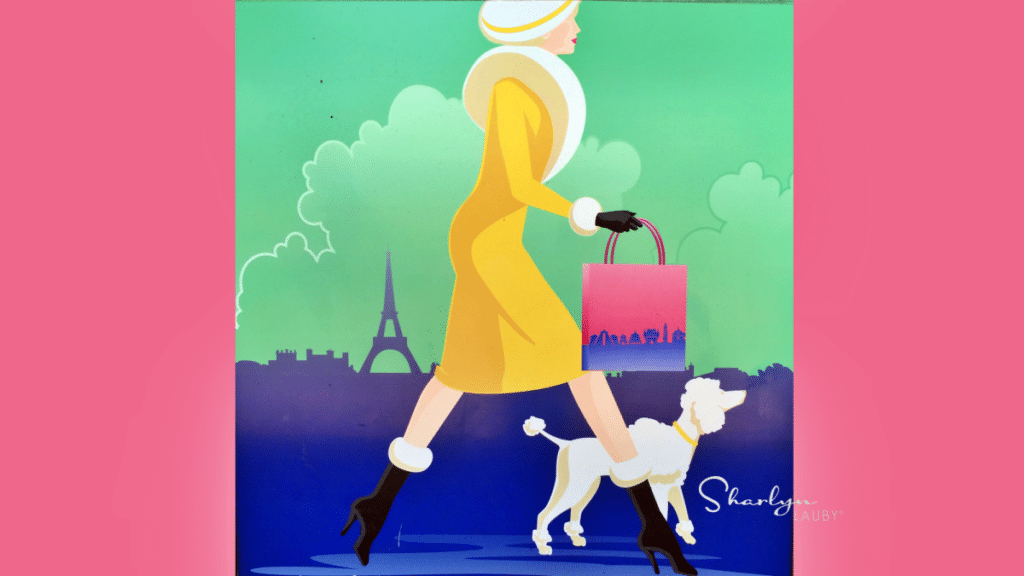Customer Service In the Age of Full Employment

If you haven’t checked out Steve Boese’s HR Technology blog lately, he ran a great explanation of the latest job openings and labor turnover survey (i.e. JOLTS report). What I liked about his summary was the closing paragraph that talked about the pros and cons to having more open jobs than job seekers.
Obviously, lots of open jobs is great for companies because it could be a sign of increased business growth. It could also be a great thing for job seekers because they can find good career opportunities. Boese also points out the downside to this situation. Companies might feel it’s a negative that they have to raise wages to attract talent. They might end up paying more for a candidate who ultimately doesn’t deliver excellent performance. It could also be a negative for job seekers who make a leap to another employer and later regret the decision.
But there’s another player in the “more job openings than candidates” scenario that organizations need to keep in mind. That’s the customer. In recent months, I’ve become very aware of how not being fully staffed impacts customer service.
I went to have some routine maintenance done on my car. While I was there, the mechanic suggested having some belts replaced. So, I said, “Okay, let’s do it.” The mechanics response? “Oh, I don’t have the staff to do it. Can you come back in a few weeks? I hope to have hired someone by then.” Guess what happened. I found another mechanic to do the work.
Since we moved to Gainesville, I finally found someone I like to style my hair. One day, I get a call from the salon saying that my stylist is pregnant (good news!) but she’s bedridden (not good news for me!). Unfortunately, they only a have a part-time back up stylist and she’s booked for the next three months. They said they would put me on a waiting list. Guess what happened. I found another stylist.
These stories are examples of how being understaffed can impact the customer experience. This doesn’t even touch the other scenario that happens when companies are understaffed and load extra work on the remaining employees, who then get stressed out and cranky because they’re overworked. And they may pass that along to the customer.
I wish I had a magic formula to answer a company’s staffing challenges. Unfortunately, I don’t. But here are five things I do know.
- A better employee experience will help keep the employees you have.
- A better candidate experience could increase the number of people who accept job offers.
- Candidate sourcing involves more than posting jobs on LinkedIn and Indeed. (No offense to LinkedIn and Indeed).
- Hiring managers need to plan for jobs to be open longer than a few days or a week.
- HR departments should start building a freelance network to help fill staffing gaps.
The numbers would lead us to believe that the more job openings than candidates scenario is going to be around for a while. Organizations have to start thinking about how they’re going to take care of the customer while continuing to look for the best talent.
P.S. Hey everyone! Just a quick note from behind the scenes. Mr. Bartender and I are celebrating our anniversary this month. We will be posting content but do have a few things planned so it won’t be on our regular schedule. Thanks for reading and supporting HR Bartender! It means a lot to us.
Image capture by Sharlyn Lauby while exploring EPCOT Center at Walt Disney World
12